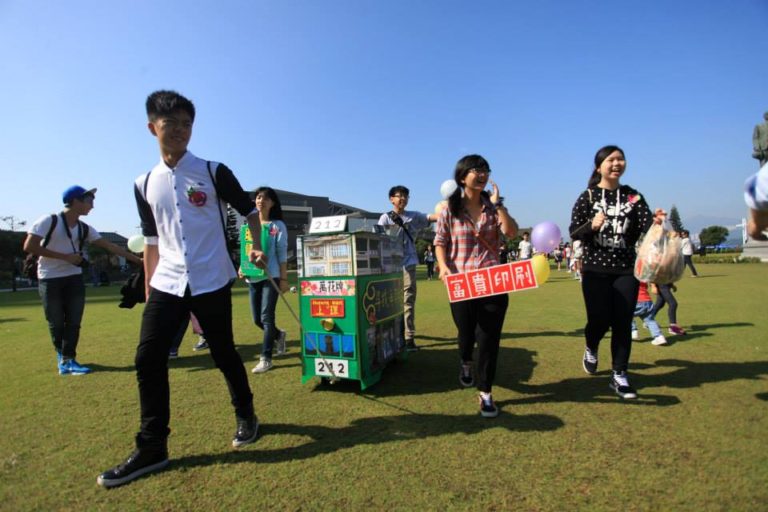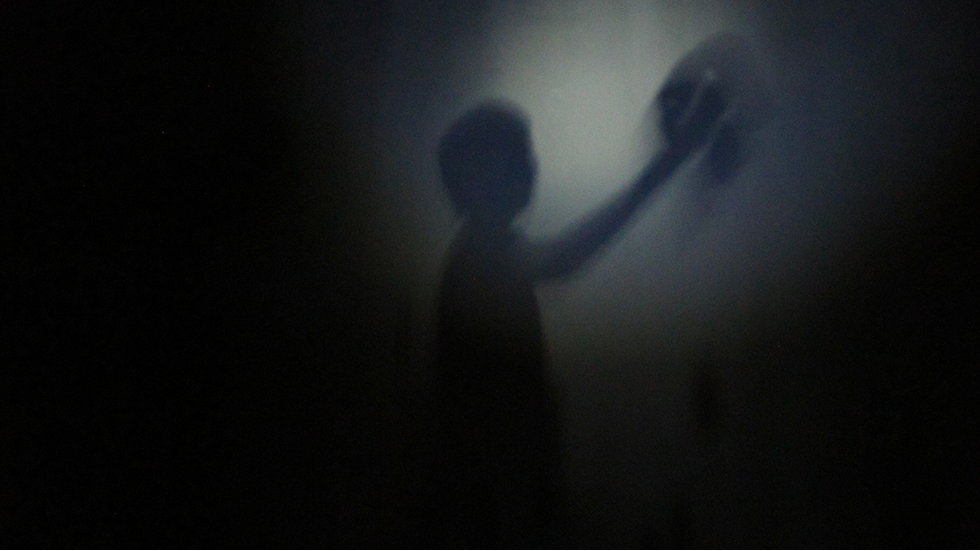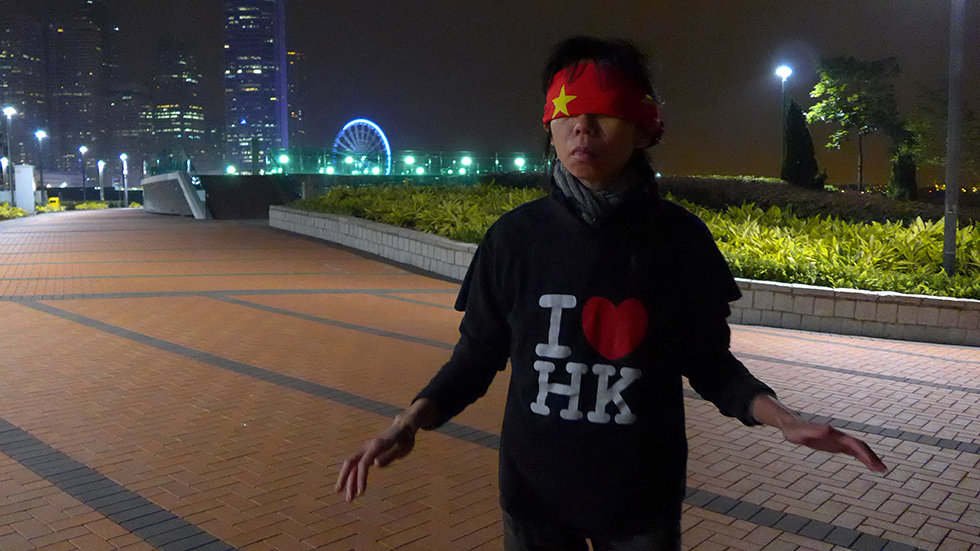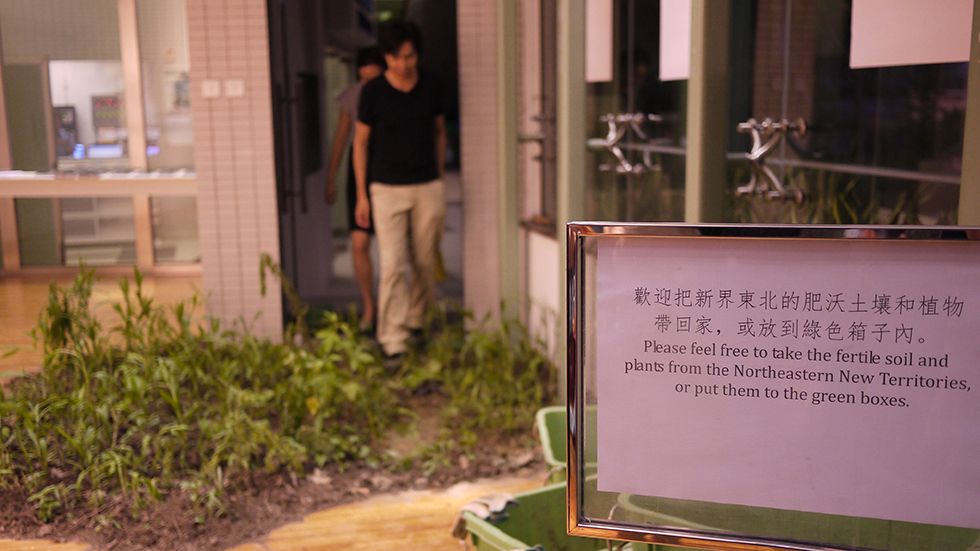
Unlike other common resources, art as a kind of cultural commons is not as readily measurable and extractable as other natural resources such as water and oil. For art and culture, sharing does not imply subtraction but indeed multiplication or reactivation. For example, the artists shared their art-making and creative skills with students or participants who learned these skills through their embodied actions and (re-)enactment of the artists’ demonstration. The learned skills could then be integrated with their own skills, transformed imaginatively into different creative outcomes, and shared with others again. When perceiving these art-making skills as a form of cultural commons, the creative process indeed is stretching and expanding its capacity through continuous and repeated transmission in a resilient manner. The same applied to the shared aesthetic experience that event participants or viewers acquired in a sidewalk parade, under the flyover bridge, or in a fish pond village. By participating in the event or even by glancing at the artwork during their daily commute in the city, one could draw sensory and intellectual inspirations from it, discover or reimagine the possibilities of public space and sustainable living, and relate themselves to the urban or rural environments as well as the histories and cultures of these places. Through unexpected encounter, amazement, curiosity, and a sense of accomplishment and recognition, communal values derived from the meaning of the places that people created in the process, in connection with their individual or collective experience and memory. These moments of sharing the commons, including public space, local cultures and histories, experience and knowledge, as well as building communal values, add up to acts of commoning. Art Together’s urban intervention in quasi-guerrilla style, which conveys subtle, critical reflections yet is assured to some extent by formal institutions, also raises questions about how the commons such as public space and the natural environment are being used, administrated, accessed, and shared. Their experience of organising projects such as “In Search of the Coastline” and “Under the Bridge” added up to “Sustainable Fest,” in which they brought forward their socially engaged art as a practice of commoning. In the festivals, both aesthetic and communal values of sustainable lifestyle were shared and constructed in a network of social relations they had continuously developed among themselves, participating artists and volunteers, the villagers, as well as festival participants.
 The full article was published in Global Performance Studies issue 4.1.
The full article was published in Global Performance Studies issue 4.1.


